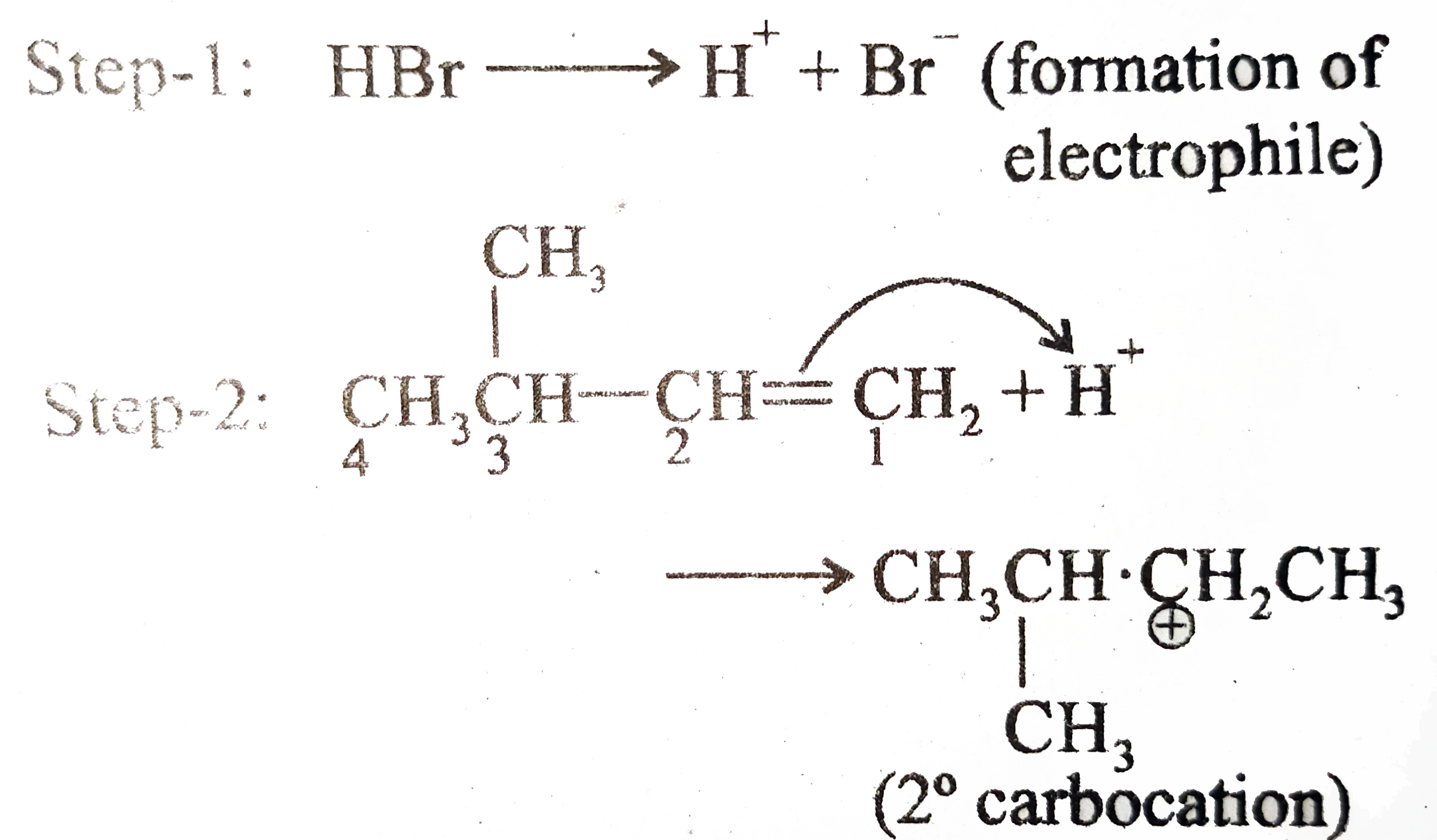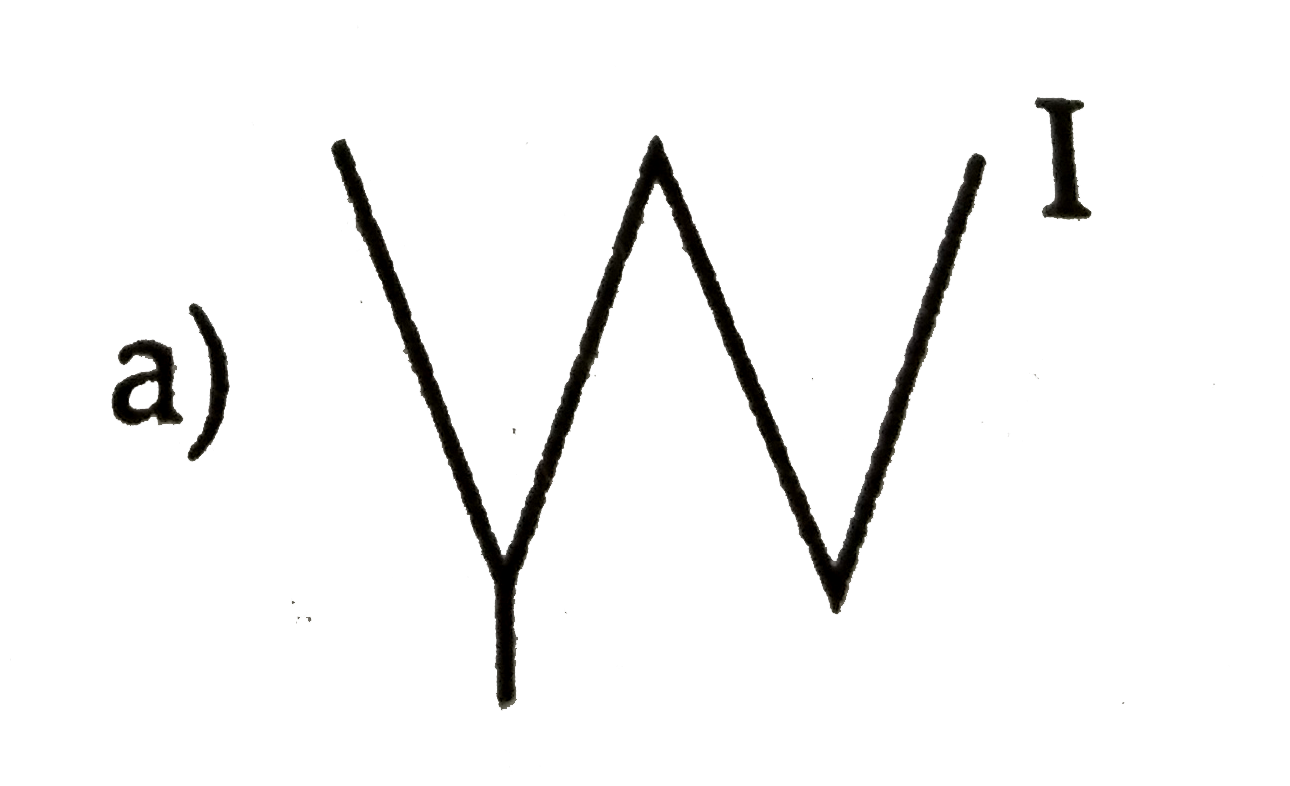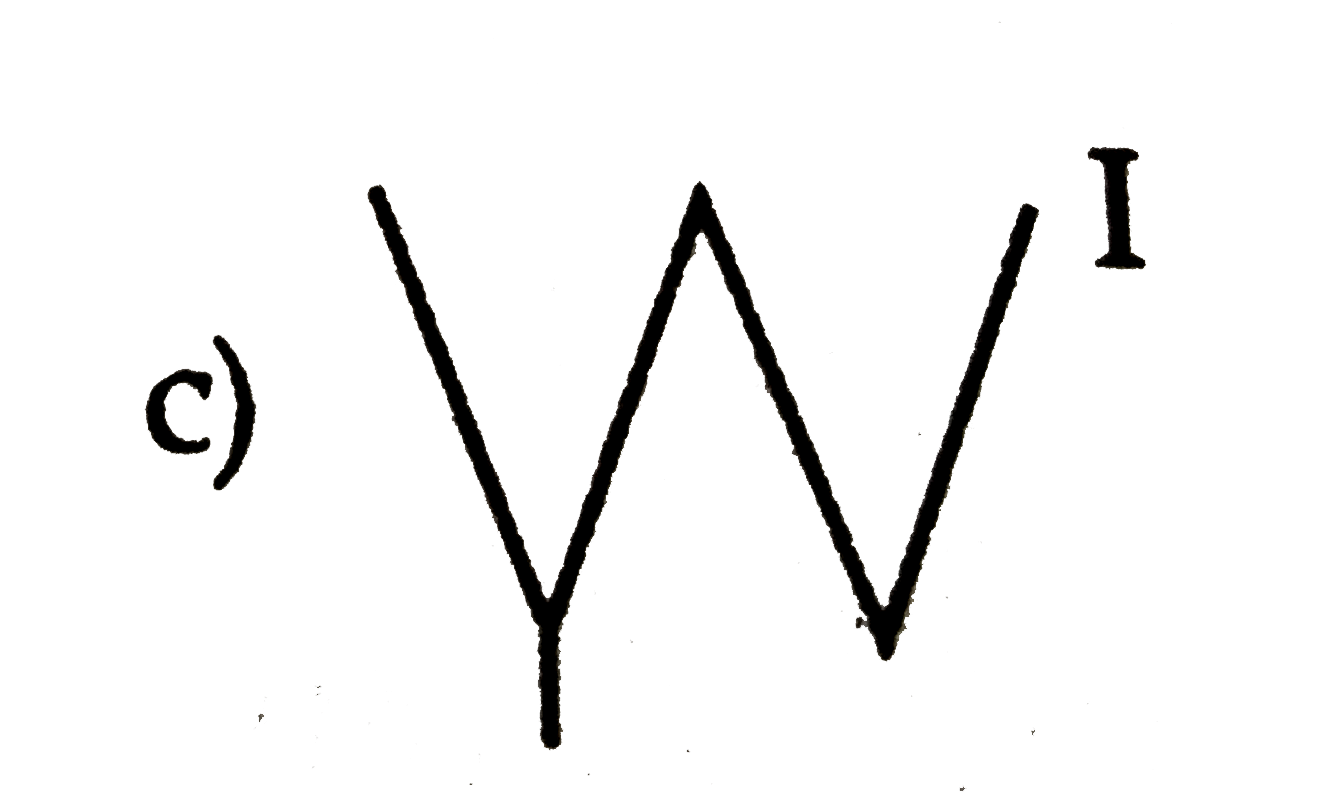Addition of HBr to 3-methyl-l-butene gives 2-bromo-2-methyl butane as a major product. Explain Why?
Text Solution
This is explained by the mechanism of the reaction.
Step-1: HBr→H++Br− (formation of electrophile)
Since 2∘ carbocation is less stable than 3∘ carbocation, the hydrogen from the 3rd carbon atom migrates to the 2nd carbon atom with its bond pair of electrons. This is known as 1,2 hydride shift.
Step-3: The Br attacks the tertiary carbon atom carrying the positive charge and forms the product.



|
Similar Questions
Knowledge Check
Addition of Hi in 2-methyl but- 1-en gives
A B
B C
C D
D
Addition of HCl to 2-methyl-2-butene mainly gives
A1-chloro-2-methylbutaneB2-chloro-2-methylbutaneC2-chlorobutaneD1-chlorobutane2-Methyl butan-2-ol is
Aprimary alcoholBsecondary alcoholCtertiary alcoholDcarbinol
Account for the formation of both 3-bromo-2, 2-dimethyl butane and 2-bromo-2, 3-dimethyl butane from the reaction of HBr with 2, 3-dimethyl-1-butene.
View SolutionMethyl 3-bromo-2-hydroxy-2-methylbutanoate
View SolutionA : Addition of HBr in buta-1, 3-diene gives 3 bromo-but-1-ene as major product at low Temperature.
R : Addition of HBr in buta-1, 3-diene gives 1-bromo-but-2-ene as major product at high temperature.
View Solution(A) 1-Bromo-2,2-dimethyl propane on heating with ethanol gives 2-ethoxy-2-methyl butane as the main product.
(R ) The reaction occurs by SN2 mechanism.
View SolutionAssertion : Addition of HBr in the presence of peroxide on 1−methyl cyclopentene gives two optical isomers as major product.
Reason: The major product contains two chiral carbon atoms.
View Solution
